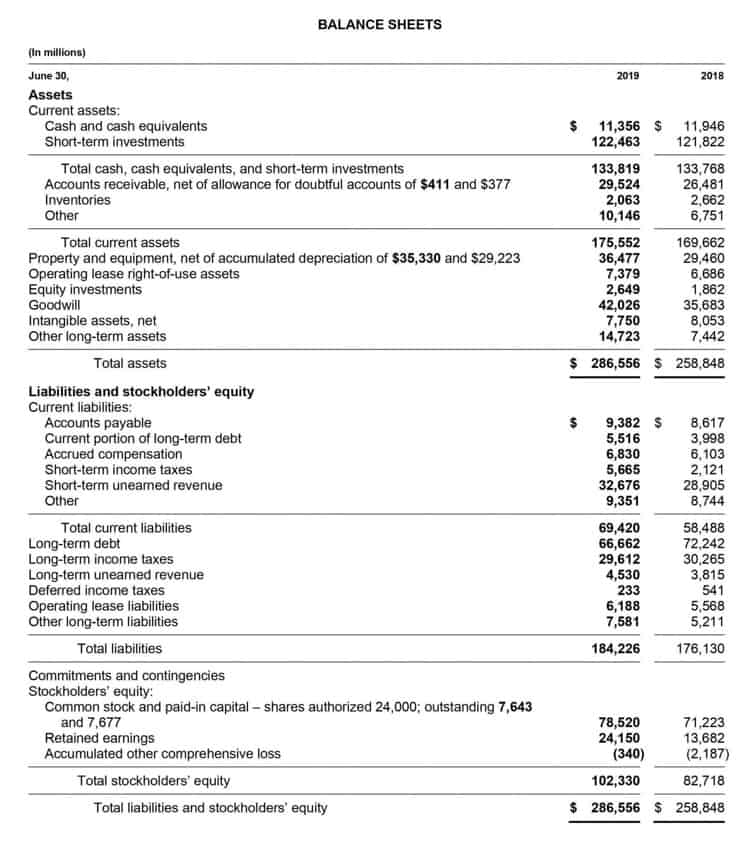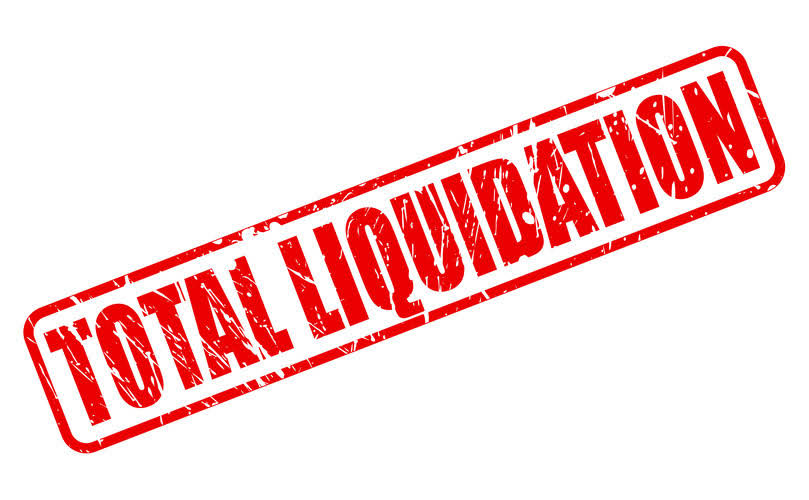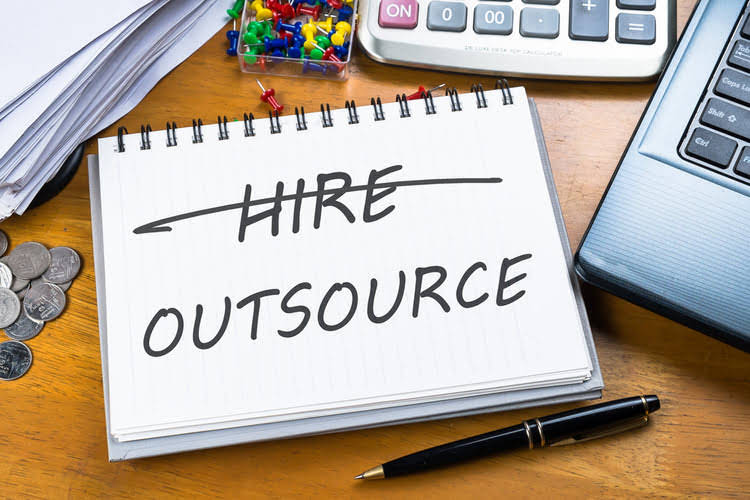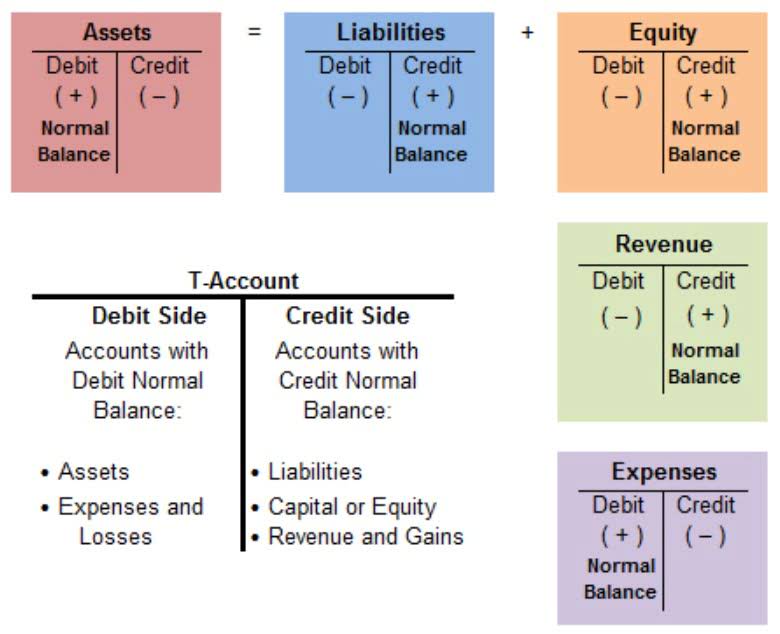Understanding After-Tax Salvage Value Calculation: A Deep Dive Accounting, Finance, and Money Insights

On the income statement, it impacts depreciation expense, which in turn affects net income. For example, if you purchase a machine for $50,000 and expect it to have a salvage value of $5,000 after 10 years, the total amount to be depreciated is $45,000. Depreciation is the process of allocating the cost of a tangible asset over its useful life. By estimating how much an asset will be worth what is salvage value in accounting at the end of its life, businesses can determine how much of its value to depreciate each year. Salvage value is not just a theoretical concept—it has real-world implications.

How to determine an asset’s salvage value
- They offer a convenient way to simplify complex calculations for better financial planning.
- The matching principle is an accrual accounting concept that requires a company to recognize expense in the same period as the related revenues are earned.
- If a company wants to front-load depreciation expenses, it can use an accelerated depreciation method that deducts more depreciation expenses upfront.
- Companies can use industry-specific data and compare it to their existing assets to estimate the salvage value.
- Salvage value is the amount that an asset is estimated to be worth at the end of its useful life.
In order words, the salvage value is the remaining value of a fixed asset at the end of its useful life. We can see this example to calculate salvage value and record depreciation in accounts. In such cases, the insurance company decides if they should write off a damaged car considering it a complete loss, or furnishing an amount required for repairing the damaged parts. So, in such a case, the insurance company finally decides to pay for the salvage value of the vehicle rather than fixing it.
Calculating Salvage Value
- However, salvage value must remain realistic and compliant with accounting standards to avoid overstating asset values.
- This is often heavily negotiated because, in industries like manufacturing, the provenance of their assets comprise a major part of their company’s top-line worth.
- On the cash flow statement, it impacts capital expenditure and tax calculations.
- The beginning balance of the PP&E is $1 million in Year 1, which is subsequently reduced by $160k each period until the end of Year 5.
There may be a little nuisance as scrap value may assume the good is not being sold but instead being converted to a raw material. For example, a company may decide it wants to just scrap a company fleet vehicle for $1,000. This $1,000 may also be considered the salvage value, though scrap value is slightly more descriptive of how the company may dispose of the asset.
Can salvage value change over time?
Determining the salvage value of an asset involves estimation and analysis, requiring predictions about the asset’s future worth after its useful life. This process often starts with the asset’s initial purchase price and expected lifespan. For example, a company might buy machinery for $100,000 with a useful life of 10 years. If the machinery is expected to retain 10% of its original value, the salvage value would be $10,000. The third method involves examining historical data from similar assets that have already reached the end of their useful lives. Companies can use industry-specific data and compare it to their existing assets to estimate the salvage value.

Salvage value is an important concept in accounting and forecasting a company’s financials. Salvage value can be considered the price a company could get for something when it’s all used up. Sometimes, the thing might be sold as is, but other times, it might be taken apart and the pieces sold. So, salvage value is the money a company expects to make when they get rid of something, even if it doesn’t include all the selling or throwing away costs. This forecast should consider market conditions, technological obsolescence (are there newer, better versions available?), and expected wear and tear.
Salvage Value Depreciation Equation
These tools require inputs like an asset’s original cost, useful life, and estimated depreciation rate to provide a quick salvage value estimate. They offer a convenient way to simplify complex calculations for better financial planning. Salvage value is a crucial component in effective asset management, facilitating informed decisions regarding asset utilization, disposal, and https://dr-gauss.de/san-diego-bookkeeping-services/ replacement.
- An appraisal offers a realistic assessment of the asset’s value at the end of its useful life, considering various factors like condition, market trends, and industry-specific data.
- The choice of method often depends on the nature of the asset and the company’s accounting policies.
- When calculating salvage value, it’s essential to distinguish between before-tax and after-tax implications to achieve accurate financial assessments.
- This method also calculates depreciation expenses based on the depreciable amount.
Straight-Line Depreciation

It affects how businesses calculate depreciation, manage taxes, and make decisions about asset replacement. The straight-line depreciation method is one of the simplest ways to calculate how much an asset’s value decreases over time. It spreads the decrease evenly over the asset’s useful life until it reaches its salvage value. Understanding salvage value helps businesses forecast future cash flows and assess the viability of capital investments. With this knowledge, organizations can optimize resource allocation and enhance their financial strategies.

This is the purchase price of the asset, Bookkeeping for Consultants including any additional costs like shipping, installation, or taxes. There’s also something called residual value, which is quite similar but can mean different things. Sometimes, it’s about predicting the value of the thing when a lease or loan ends. Other times, it’s about figuring out how much it’s worth when it’s done for good, minus the cost of getting rid of it. Salvage value might only focus on its worth when it’s done, without considering selling costs.

The salvage amount or value holds an important place while calculating depreciation and can affect the total depreciable amount used by the company in its depreciation schedule. Salvage value is also known as scrap value or residual value and is used when determining the annual depreciation expense of an asset. The significance of salvage value for both companies and investors cannot be overstated. It plays a crucial role in calculating depreciation expenses and asset valuation.
